We were lucky to catch up with Kelly Ashton Todd recently and have shared our conversation below.
Alright, Kelly Ashton thanks for taking the time to share your stories and insights with us today. Are you happier as a creative? Do you sometimes think about what it would be like to just have a regular job? Can you talk to us about how you think through these emotions?
As I find myself once again navigating the demanding season of grant writing and applications, a persistent question burrows deep into my thoughts: How much is it about who you know and how much is it about the art?
They never covered the commercial intricacies of an artistic career in art school, at least not back in my undergraduate days. I yearn for days when my routine solely involves waking up, heading to my studio, and surrendering to the organic flow of writing, playing, improvising—simply creating. Fortuitously, I do experience such weeks sporadically throughout the year, where this artistic immersion constitutes my entire existence. Yet, the majority of my days are consumed by the less romantic aspects: crafting grant proposals, mingling within industry circles, and attending endless networking events. They say the first cut is the deepest, ok, maybe in romance, but each rejection letter hurts like hell and challenges the self-esteem. I like to think, with time, my skin has thickened, allowing me to adopt a more cavalier ‘fuck it’ attitude. Despite this, I still find myself languishing in bed on many days, wrestling with doubts about my worth and impact as an artist.
My artistic voice champions environmental justice, a passion seeded in a childhood spent roaming the outdoors, enthralled by nature’s darker fascinations. This led to formal studies in Environmental Science and Biology, and later, a Master’s in Sustainability Leadership.
Today, I am wholly devoted to my craft as a director, choreographer, and performing artist, creating pieces for both the stage and screen. To stay afloat financially, I juggle various teaching jobs, but my core identity remains rooted in creativity. Lately, however, I’ve begun to scrutinize my commitment to environmental activism.
From the outside, it might appear straightforward—my mission and my role as an activist is to create work that confronts environmental injustices. Yet, there’s a persistent gnawing inside me, a voice questioning whether this is truly sufficient. Am I really an activist if I’m not out there making tangible changes? This internal conflict might stem from a deep-seated need to satisfy an ever-critical father, a genuine urge to safeguard our natural world, or perhaps a personal challenge to prove that I can indeed handle it all.
Would I feel more like an activist if I got a 9-5 job in sustainability? This spiral takes me into the void of: How can I help protect our planet?
And then I’m back – reminded that my purpose is to use my art-making for environmental activism.
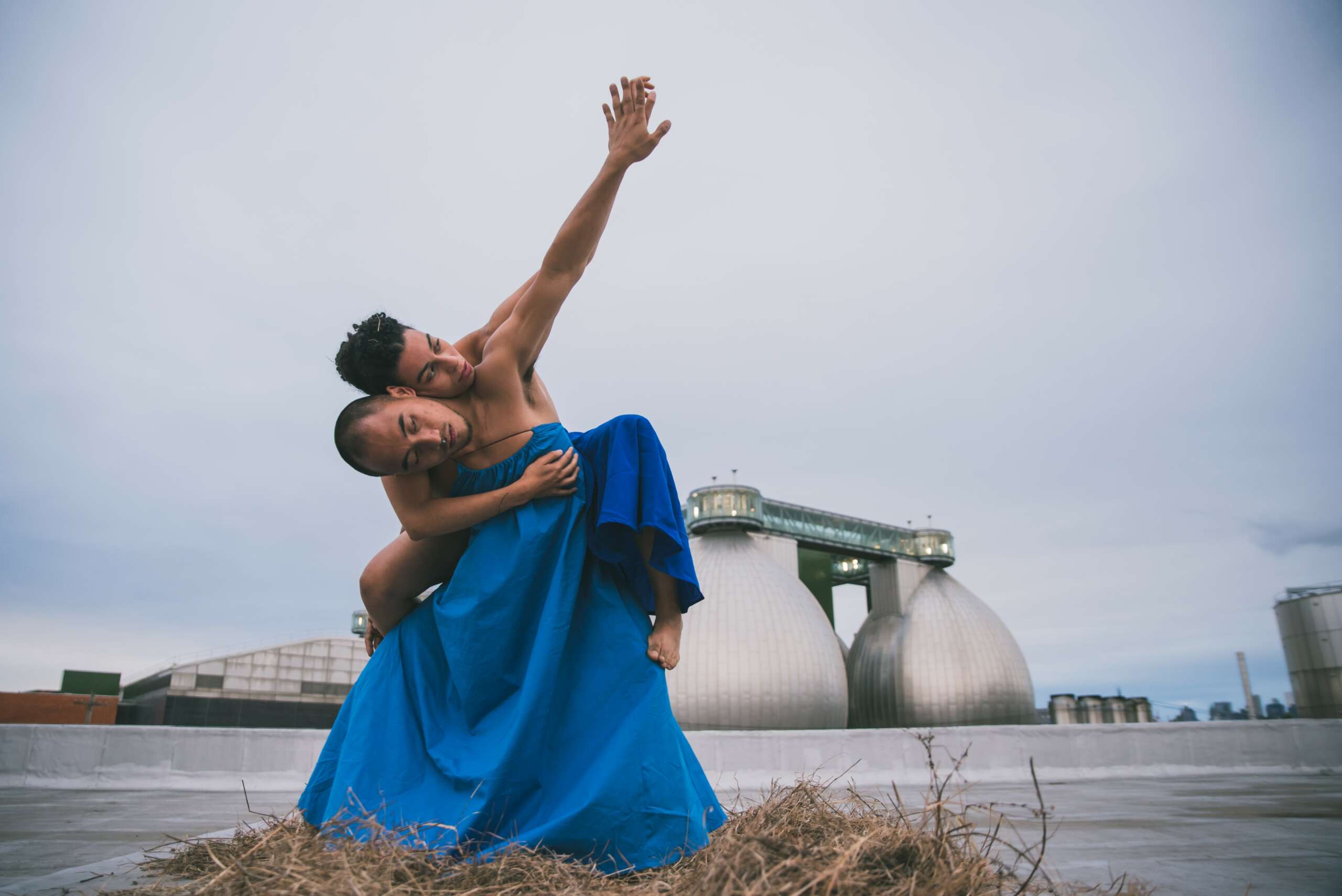


As always, we appreciate you sharing your insights and we’ve got a few more questions for you, but before we get to all of that can you take a minute to introduce yourself and give our readers some of your back background and context?
Through immersive physical theater and film, expressed through the language of dance, I craft narratives that intimately reflect our planet’s climate crisis.
Integrating dance, physical theater, and film enhances our narratives’ emotional depth, eliciting a spectrum of feelings—from despair to hope—that prompt viewers to reflect on their bond with nature. These art forms converge powerfully, serving as a medium to articulate our intricate connection with the environment. Dance becomes a canvas for portraying nature’s complexities, delving into themes of decay, resilience, and humanity’s struggle against technological encroachment and policies. Through choreographed movements, we illuminate the tension between human influence and the natural world, unveiling the challenges posed by technology and industrialization.
In the murky depths of the Texas marshes, amidst whispers of forgotten tales and the stifling grip of societal expectations, I found solace and inspiration for my adoration of horror. There, amidst the sinewy tendrils of Spanish moss and the ominous vibrational sound of cicadas, I found an understanding of the visceral, the sensual, and the macabre. It is within this realm of the organic and the grotesque that my art finds its pulse.
Raised amidst the shadows of the Deep South, where women are taught to suppress their voices and yield to the voracious desires of men, I learned the harsh lesson of silence, where dreams were deemed frivolous and aspirations deemed inconsequential. The boys would learn from their fathers to take from the girls while parked in the dark fields, and us girls deserved standing ovations for our masterful performances in feigning affection toward boys (oh, I’m sorry, I mean men).
Yet, in the sanctuary of my backyard, where a swing set became my chariot to the heavens, and towering live oak trees embraced me as I climbed higher and higher, I discovered a world untainted by societal constraints. Here, the creek flowed with hidden life beneath, where nature nurtured my imagination and granted me the courage to defy convention.
The crude beauty of nature, its intricate dance between creation and annihilation, has left an indelible mark on my soul. Each venomous snake, each ripple in the creek, speaks of a narrative both delicate and brutal, a dichotomy I strive to capture in my work.
I saw myself mirrored in each hurricane that roared in; their tumultuous torrents watering the land and fueling my sense of resilience. And as the nearby beach beckoned, I would stand out on the jetties, learning from the blue crabs and the vast expanse of possibility stretching to the horizon. In the boundless stretch of the sea, I found the freedom to explore, to dream, and to defy the constraints imposed upon me, finding in the embrace of nature the strength to forge my own path, unyielding and untamed.
I intertwine this with my inspiration in the dark recesses of horror cinema. The impact of classics like “Texas Chainsaw Massacre” echoes through my creative process, intertwining with the unsettling beauty of masterpieces like “Midsommar” and “Possession.”
Inspired by the works of directors Yorgos Lanthimos and Jordan Peele, my storytelling infuses narrative tension and psychological depth. Influenced by artists Dorothea Fanning, Nicolas Party, and Ana Mendieta, along with architect Neri Oxman, I explore the intrinsic power of the natural world and perceptions of form and space. Positioned at the intersection of the human psyche and wild landscapes, my art finds its home.
One of the primary sources of influence on my work is my higher education, which, rooted in predominantly white scientific perspectives, initially shaped my understanding of conservation practices. However, over the past seven years, I have dedicated myself to unlearning these narrow viewpoints and embracing more authentic approaches that prioritize community involvement and biodiversity preservation. This journey of re-education has been instrumental in informing the direction of my current projects, infusing it with a sense of purpose and urgency.
Furthermore, my experiences of witnessing daily instances of greenwashing and governmental negligence have fueled a deep-seated anger within me, further driving my commitment to challenging these systemic injustices through my art. Moreover, my ancestral heritage, particularly my German roots, and upbringing in the conservative milieu of Texas, have played a significant role in shaping my artistic sensibilities. I am deeply inspired by the lessons of history and the need to confront the traumas inflicted by my forebears.
I aim to amplify the voices of voiceless lands, fostering innovative connections between individuals and the environment. Through evoking emotions and sparking dialogue, my work strives to inspire meaningful action, urging people to vote, advocate, and protect our precious planet.

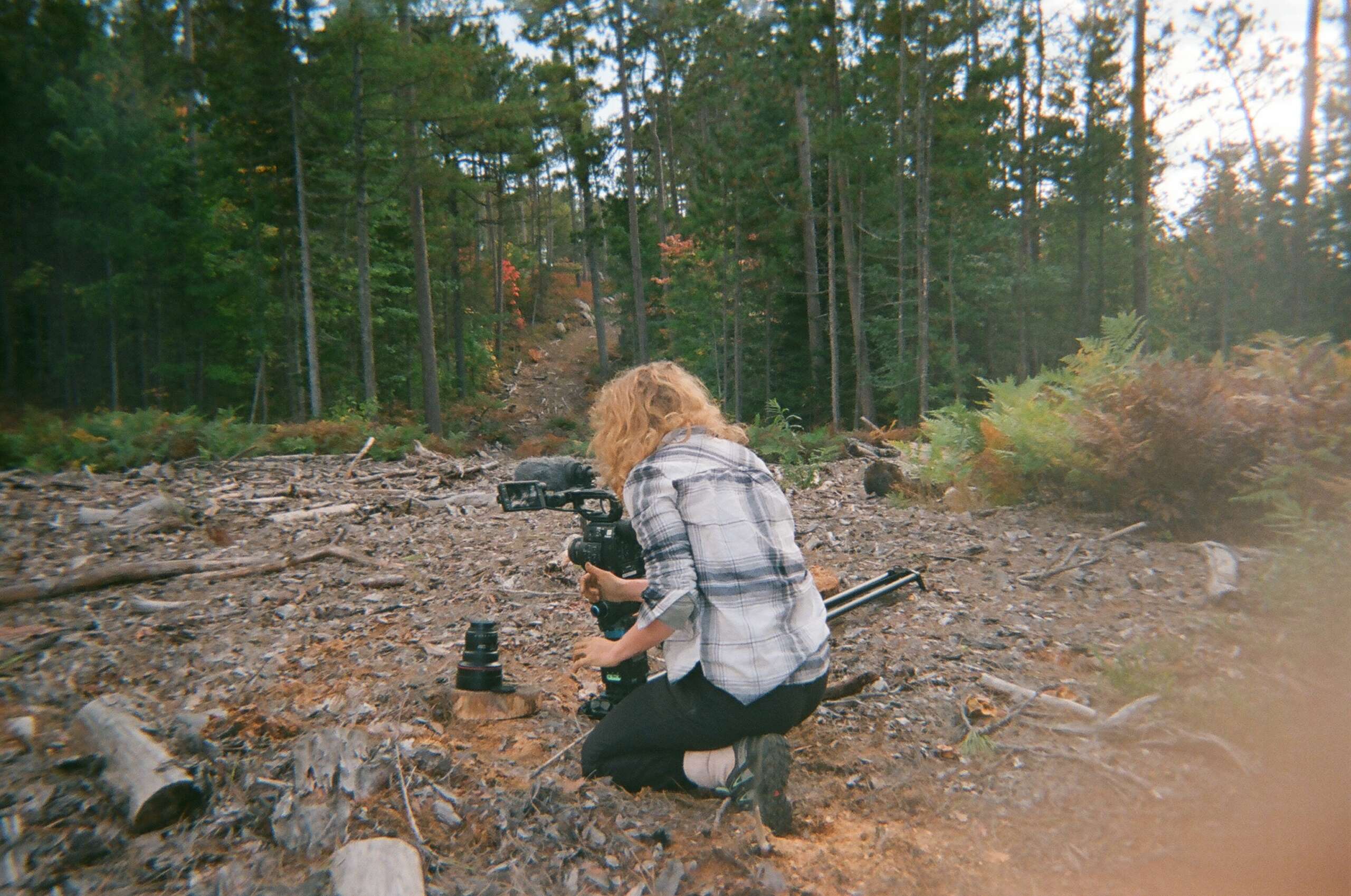
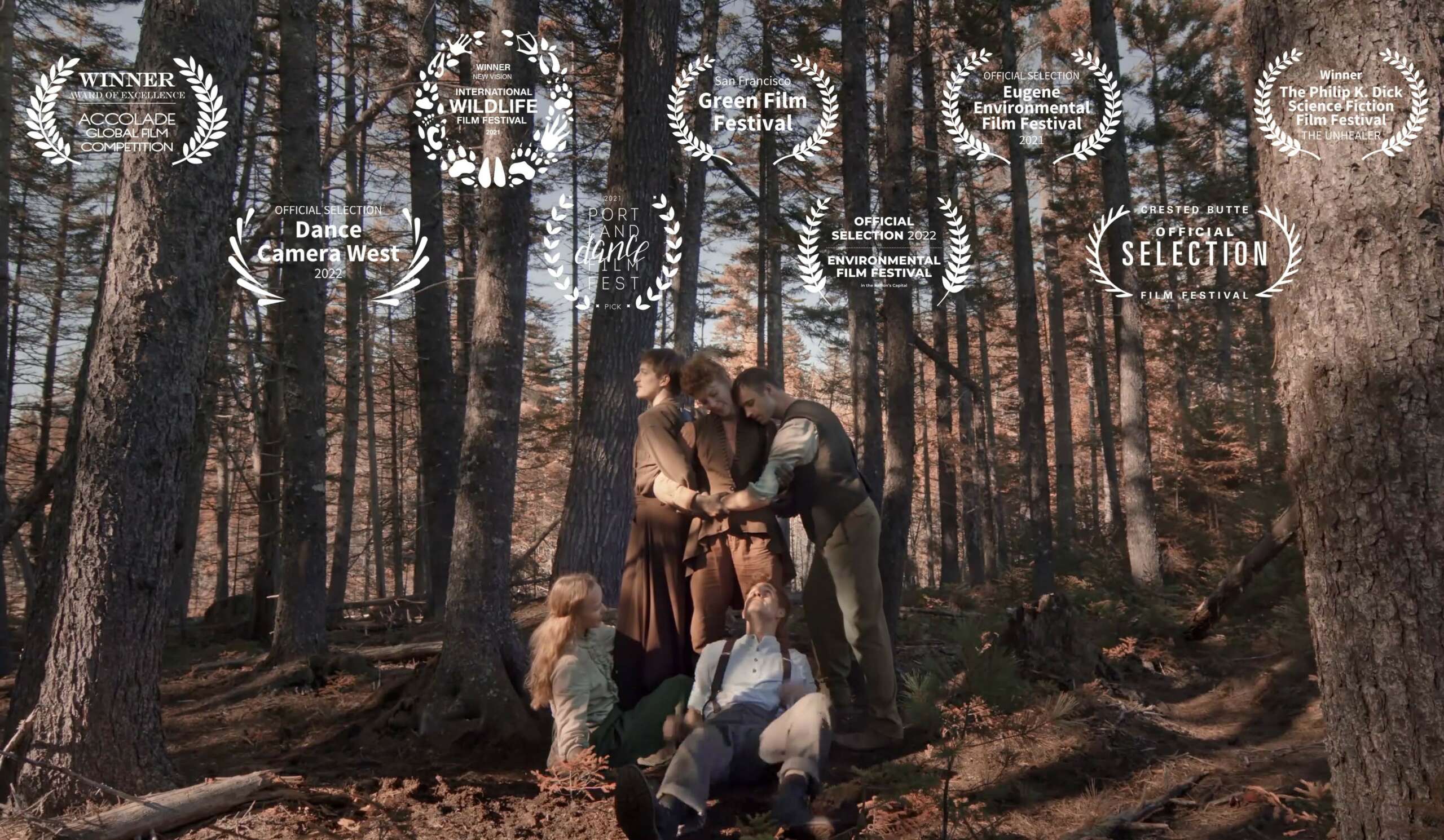
In your view, what can society to do to best support artists, creatives and a thriving creative ecosystem?
Go see live art!!!!
If you’re based in the States, you’re undoubtedly aware that the arts receive shockingly little financial support. Working in independent film and live theater, I can assert with certainty that one of the greatest hurdles we face is securing adequate funding. The struggle isn’t just about keeping the lights on; it’s about having the means to bring creative visions to life without compromising artistic integrity. This chronic underfunding not only stifles innovation but also limits accessibility, making it harder for diverse voices to be heard and new narratives to emerge. Every dollar we scramble for is a reminder of the constant battle to sustain the vibrancy and relevance of our cultural expressions in a society that often overlooks the arts’ intrinsic value.
So what can society do about this? Support your local theaters. Go see shows, especially from emerging artists. This also goes into the impact of voting. If you can vote, please please please vote! We need more government funding for the arts.
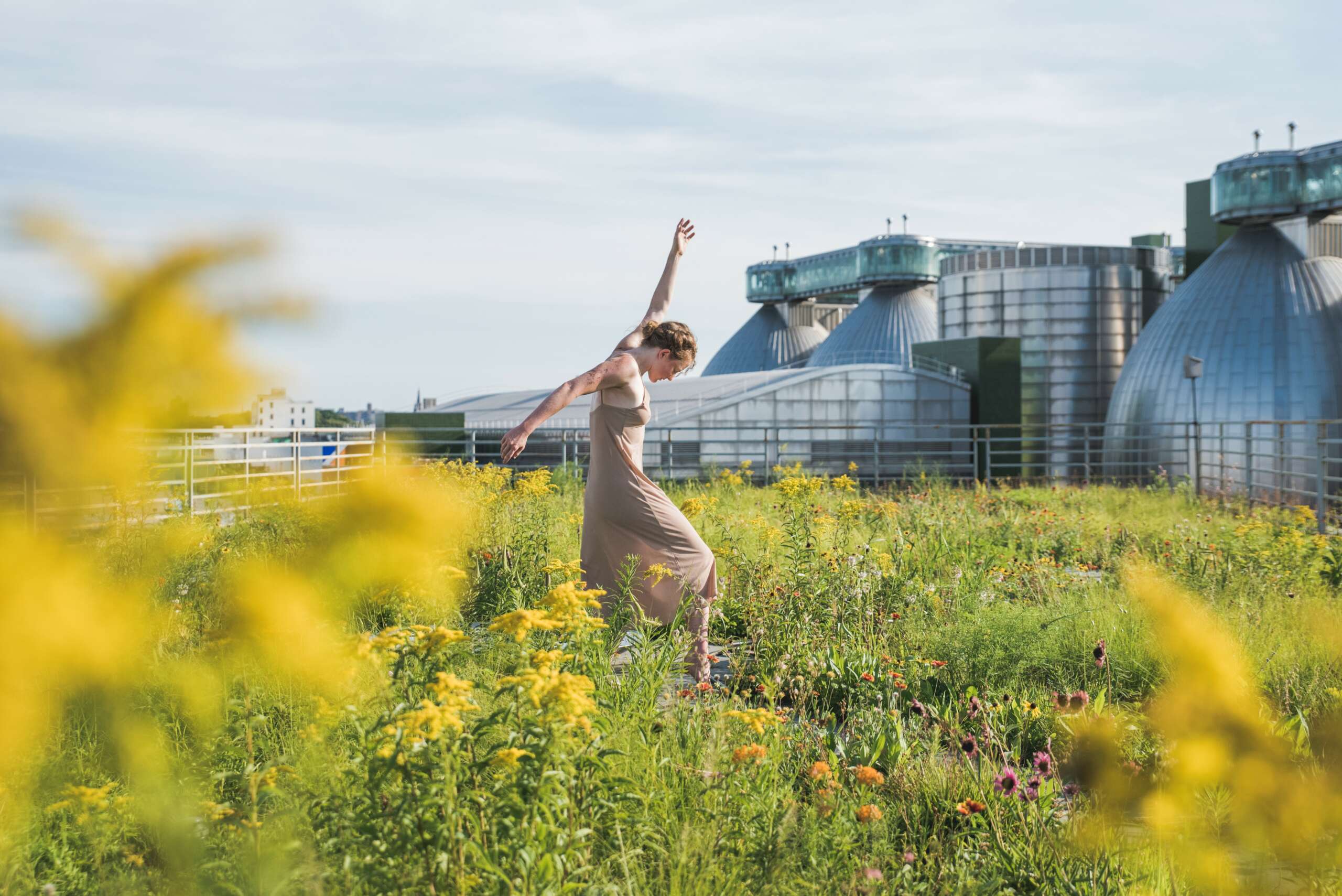
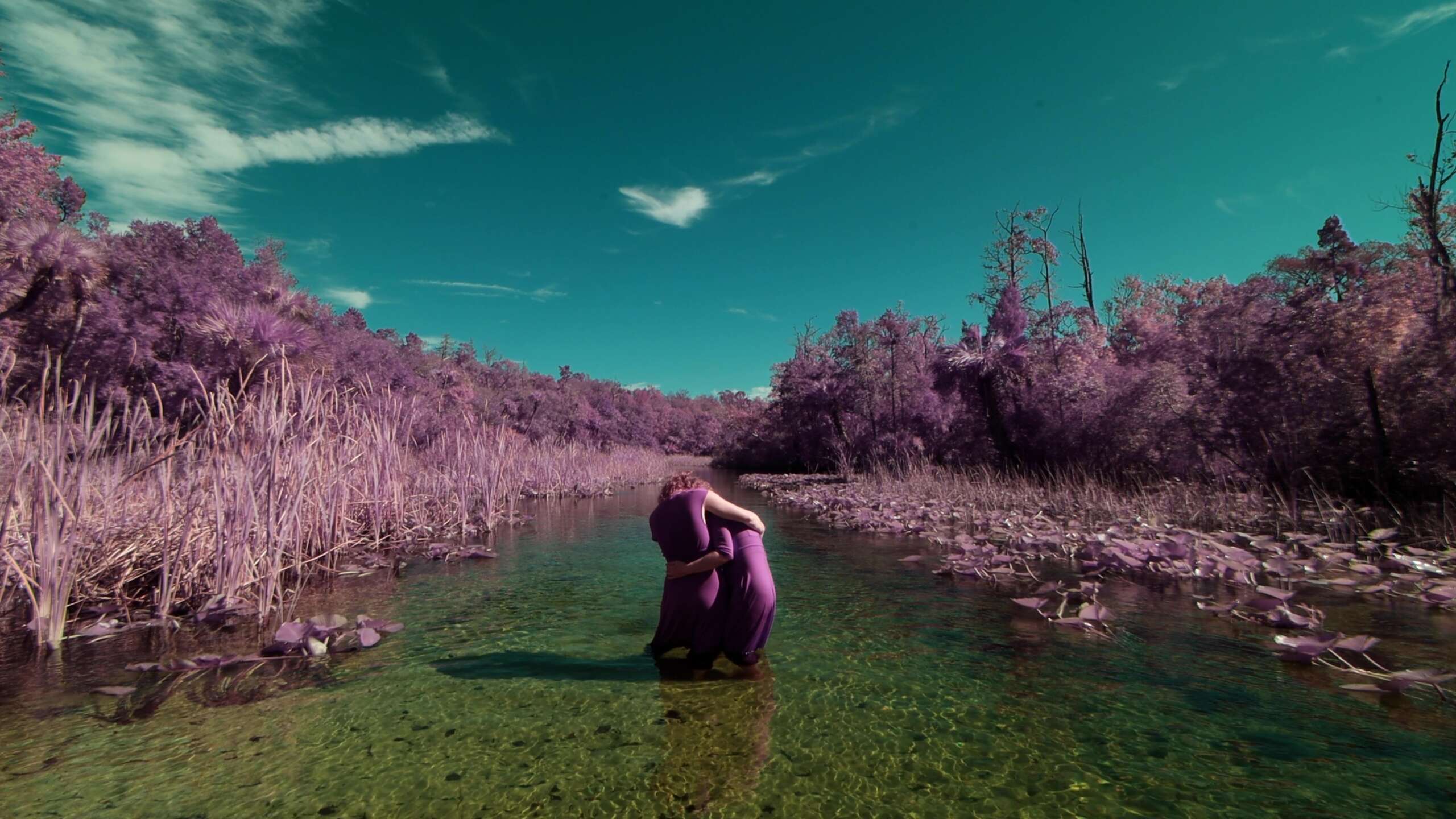
Looking back, are there any resources you wish you knew about earlier in your creative journey?
It was only during the intertwining of my acting training in 2022 with my Master’s in Sustainability Leadership achieved a year prior, that the profound essence of collaboration was truly unveiled to me. In the realm of dance, particularly among emerging choreographers, there exists a pervasive and taxing expectation: to be the architect of every facet. We conjure the narrative, sculpt the concepts, choreograph the dance, configure the costumes, orchestrate the production, mix the music, finance the performers, and even design the lights. How absurd!
Like the intricate interconnections within a thriving ecosystem, problems unfurl more gracefully when addressed with a cohort. The task is to assemble those capable not just of bringing a vision to life but propelling it forward. I regret not being taught to embrace the unknown and the unscripted. It would have been invaluable to learn how to foster an environment that encourages inquiry and to build a team eager to challenge and refine my ideas, all in pursuit of a grander vision. The realization that leadership involves curating the right conditions for collaboration and innovation has been a game-changer for me.
Contact Info:
- Website: www.kellyashtontodd.com & www.underreviewseries.com
- Instagram: @kellyashtontodd
- Facebook: https://www.facebook.com/kellyashtontodd/
- Linkedin: www.linkedin.com/in/kellyatodd
- Other: Vimeo: https://vimeo.com/kellyashtontodd
Image Credits
Stephanie Crousillat Pat Berrett Tyler Sparks Effy Grey


